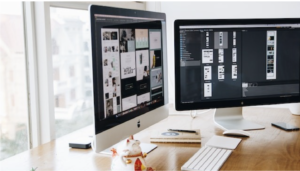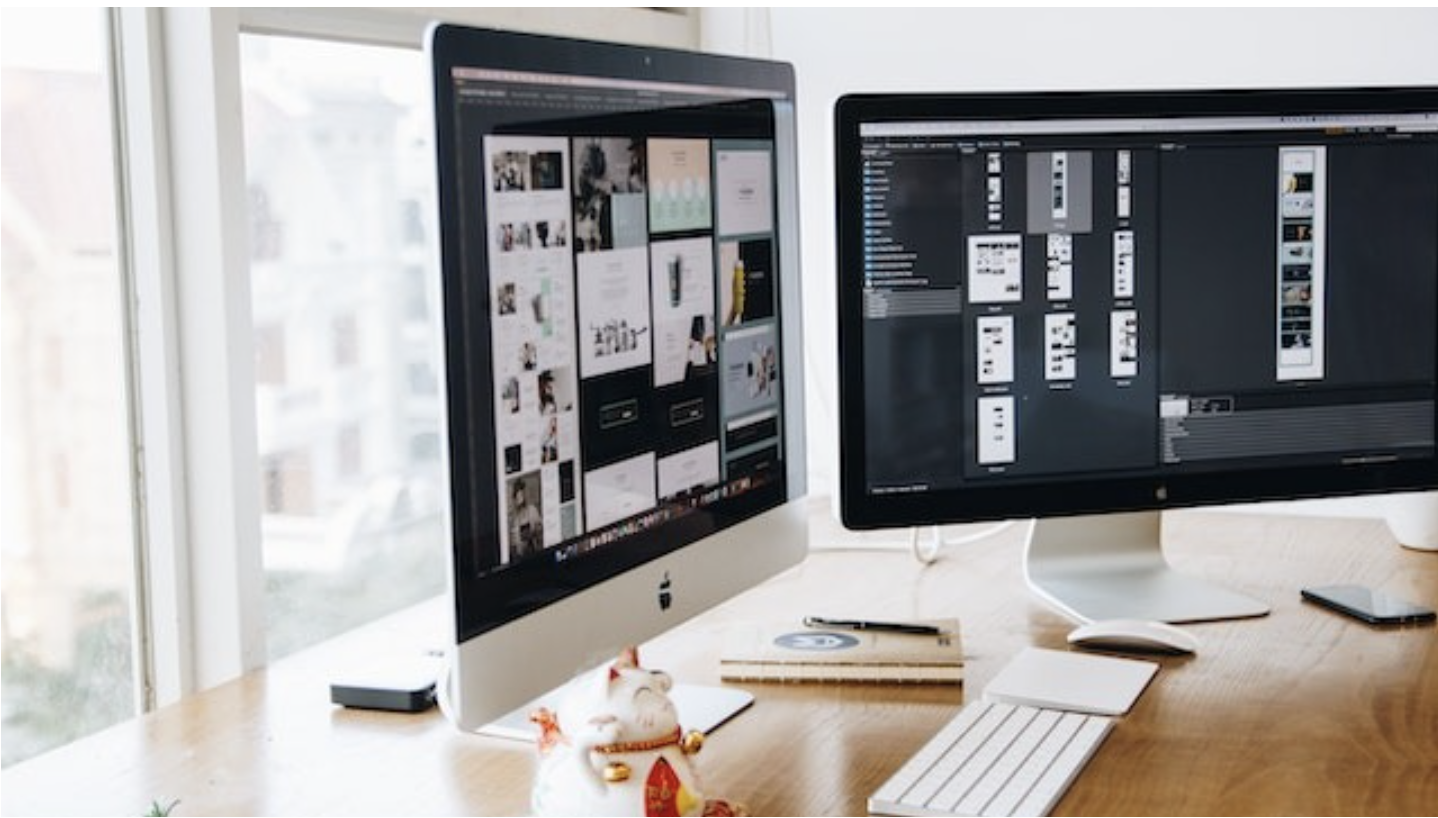Graphic Designs Services: Understanding Layout & Composition
When it comes to designing, it is crucial that designers has the understanding about layout and composition of designs. Page layout refers to various visual elements. It includes typography, images, objects, and visual art are arranged on a website, poster, or other visual media. The presentation of content on a page in a visually appealing, hierarchical, and functional way is a crucial component of design.
Layout & Composition
Designs that are visually appealing and effective must include layout and composition. They entail putting different design elements. This may include text, photos, and graphics—in a balanced, harmonic arrangement. For compelling visual communication, use professional graphic design services. This will increase the impact and readability of your information, use expert layout design. There are also thousands and millions of Graphics designing services providers who are providing the services. One of them is E1W Media.

On the other hand, composition is concerned with how many pieces within the layout are arranged and related to one another. It includes taking into account elements like balance, symmetry, and contrast to produce a visually appealing and coherent design. Designers can produce compositions that are visually appealing and dynamic by utilising rules like the rule of thirds, symmetry, and asymmetry.
Here are a few important points to remember while creating a layout and composition that works:
1. Balance:
Stability and aesthetic harmony are made possible by achieving balance in a design. Asymmetrical and symmetrical balances are the two types of balance.
Asymmetrical balance is achieved by balancing the visual weight of the elements as compared to symmetrical balance, which includes evenly spacing elements on both sides of a central axis.
2. Contrast:
Contrast makes a scene more interesting and helpful in emphasizing key components. It can be done by varying the size, shape, texture, or color. You may highlight and call attention to particular features of your design by using contrasting elements.
3. Alignment:
Elements are connected and ordered aesthetically when elements are placed properly. You may create a sense of order and harmony in your design by aligning components along a similar axis or by employing a grid system.
4. Proximity:
The readability is increased and relationships are made clear when related parts are grouped together. You can build a simple, well-organized design by bringing items that are connected or belong together closer together.
5. White Space:
White space, also referred to as negative space, describes the bare spaces in a design. It provides breathing room, boosts readability, and raises the design’s overall visual impact. Your designs will be appealing to the eye and prepared for digital distribution if you use Graphics design services. An expert designer can help you build designs that are not only visually beautiful but also highly legible and impactful by guiding you in the selection of the proper font, hierarchy, spacing, alignment, and contrast.

Whether you’re looking for typographic advice or more general graphic design services, teaming up with subject– matter specialists can help your digital design advance. Keep in mind that the purpose of layout and composition is to produce designs that are aesthetically pleasing, readable, and deliver the desired message successfully. You may make designs that enthral and engage your audience by being aware of and using these ideas.

